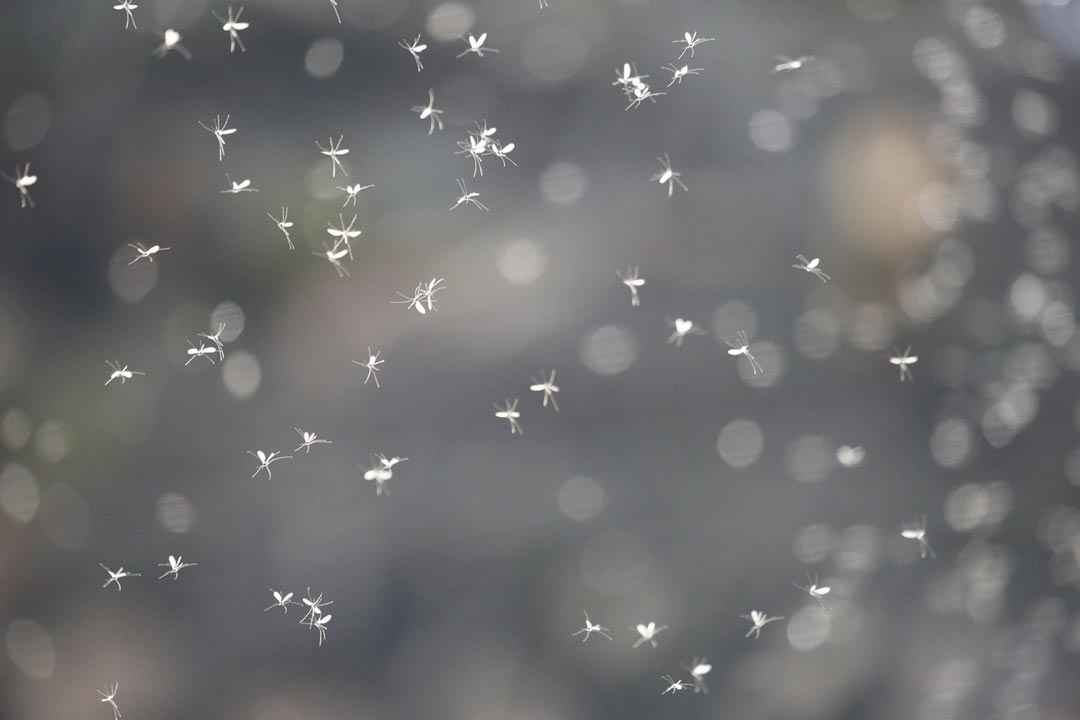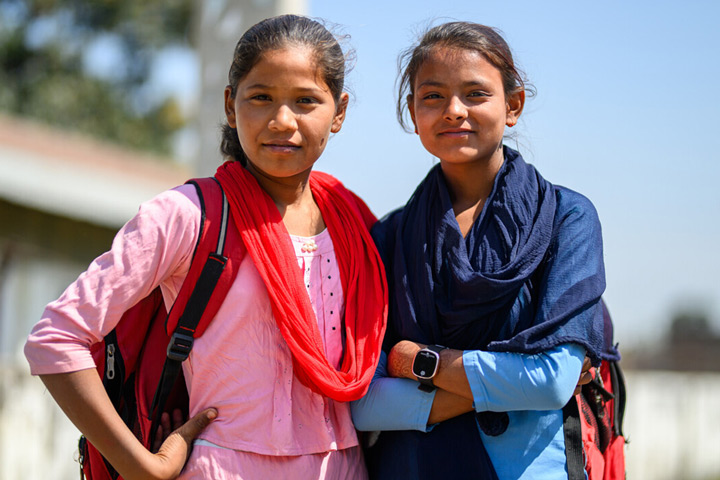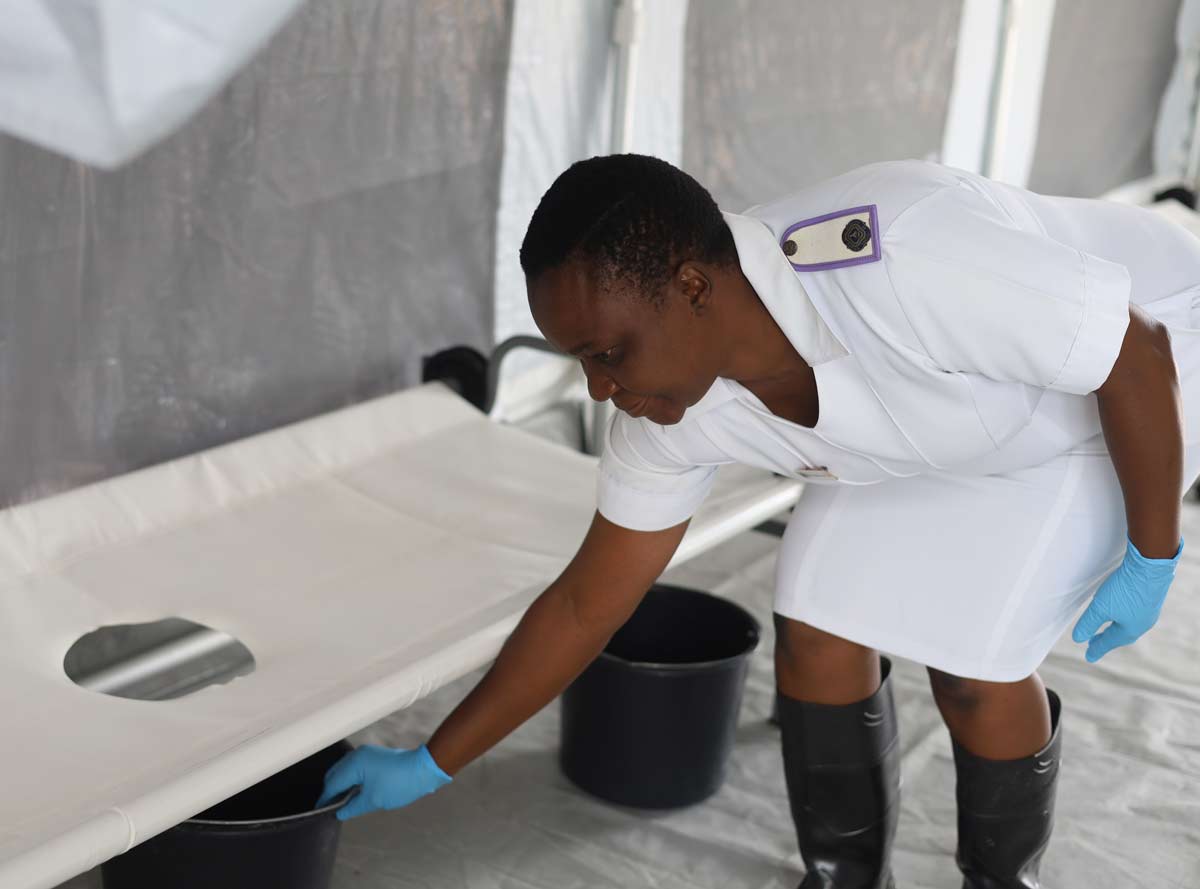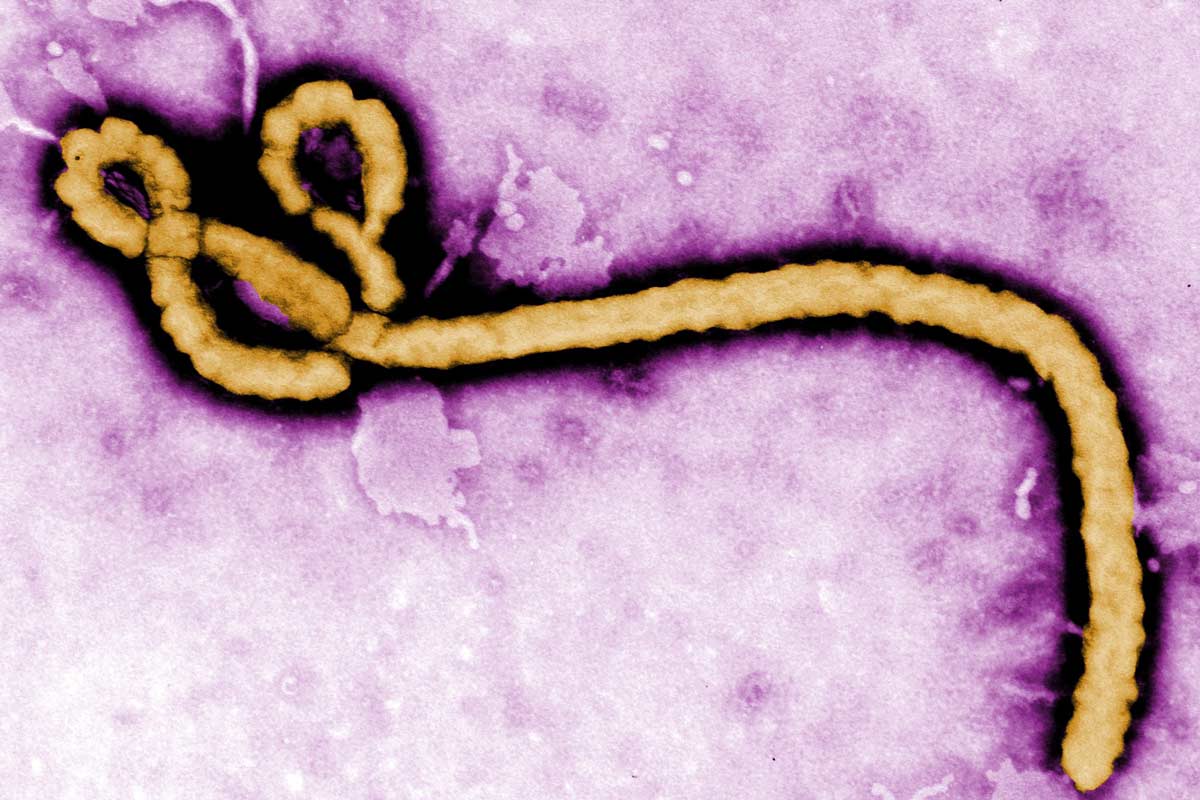Climate change has pushed malaria mosquitoes to find dangerous new ground
New data suggests that mosquitoes have been able to move away from the equator and into higher elevations, spelling trouble for the spread of infectious disease.
- 16 February 2023
- 3 min read
- by Priya Joi

Climate change has long been predicted to shift the habitat ranges of animals and plants, and when this includes insects like mosquitoes it can mean fuelling the spread of deadly infectious diseases.
Newly analysed historical data shows what we feared could happen is already underway – mosquitoes that spread malaria have elevated their range by about 6.5m per year and away from the Equator by 4.7km every year for the past century. This would allow them to take over regions utterly unprepared to deal with a disease that kills more than 600,000 every year, many of them children under five. The study, published in Biology Letters, analysed data for 22 species of Anopheles mosquitoes in Africa from 1898 to 2016.
As diseases start to encroach into new areas, it could mean leaving new populations vulnerable to threats they do not know how to face.
So far, modelling predictions have been for a hotter planet in the future, rather than an analysis of present-day shifts in habitat. "Until now, there's not been a ton of indication these mosquitoes were already on the move," said lead author Colin Carlson, a biologist at Georgetown University's Center for Global Health Science and Security.
"There've been dozens of studies predicting that they should start moving in response to climate change, but – as with a lot of things in climate and health work – we had a clearer picture of what the future might look like than what was already happening around us," he said.
Yet since the industrial revolution, the earth has already warmed by around 1.2°C. This shift in insect range could explain the incursion of malaria transmission into new areas such as highland East Africa over the past few decades. It has been accompanied by global expansions in the range of the yellow fever mosquito (Aedes aegypti) and the Asian tiger mosquito (Aedes albopictus) that spreads chikungunya. Similarly, the North American vector of Lyme disease, the deer tick Ixodes scapularis, has spread over 40km per year.
Have you read?
Carlson said there have also been "smaller expansions like new Culex species showing up in Australia," – culex are the main vectors for West Nile fever and Japanese encephalitis, as well as viral diseases of birds and horses.
Malaria elimination and eradication in endemic areas have frequently been a battle of trying to ensure there are enough bednets to protect people from mosquito bites, and to staunch the development of resistance to antimalarials. As diseases start to encroach into new areas, it could mean leaving new populations vulnerable to threats they do not know how to face.
Carlson says: "The comforting news is that for now, nothing needs to change [when it comes to malaria elimination]. For at least a decade, we've been approaching vector control as a climate change adaptation strategy. Our study just underscores the importance of that work."
Now that it's clear that the dire predictions are already here, "there are two big tasks ahead of us as researchers," says Carlson. "Diving deeper into the role of climate change, and figuring out how general a pattern this might be."









